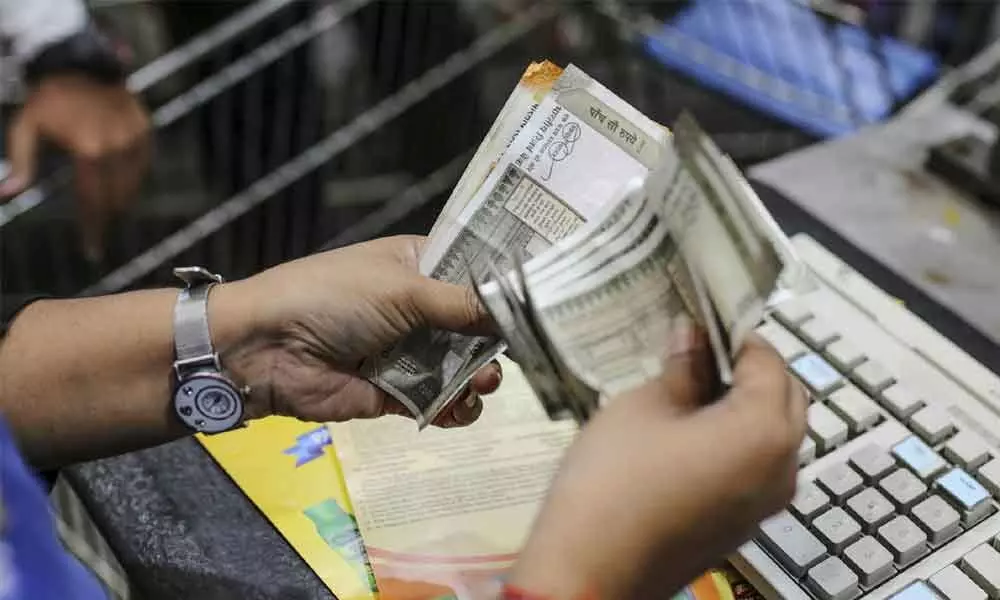Challenges apart, Indian banking sector comes to terms with pandemic
image for illustrative purpose

True, we have now learnt how to live with the pandemic for the last couple of years. So, the RBI governor, Shaktikanta Das has rightly said in the recently released financial stability report that in this period of swings between hope and despair, the indomitable human spirit has prevailed and humanity has undauntedly worked towards improving health and economic well-being.
After the destructive second wave of the pandemic in India in April-May, the report goes on, which interrupted an economic recovery that was gaining a foothold in the second half of the current fiscal, the Indian economy is regaining strength and resilience. Consumer confidence and business optimism are on the rise as the spread and scale of vaccination expands. The outlook is progressively improving, though there are headwinds from global developments and more recently from Omicron. Entrenching the recovery hinges on revival of private investment and shoring up private consumption, which remain below their pre-pandemic levels.
While the pandemic induced bouts of volatility, spill-overs and heightened uncertainty are challenging, the Indian financial system has stood up well and remains well prepared to meet the funding requirements of the economy.
On the front of NPA, the system has done well with the ratio of GNPA being 6.9 per cent for September, which is contrary to expectations last year when one expected a double digit GNPA number given the Covid environment.
There are challenges though. The retail segment has witnessed an increase in GNPA from 1.7 per cent to 2.5 per cent. It assumes significance as the banks have been focussing more on retail than industry in the given scenario. This has led to easy lending, as cautioned by a Care Edge report, which should be monitored especially so when the NPA rates are inching up.
The RBI's stress tests on the assets of banks reveal that by September, the GNPA in the baseline scenario would increase to 8.1 per cent from 6.9 per cent in the year-ago period. Moreover, the medium and severe stress scenarios would lead this number to increase to 8.7 per cent and 9.5 per cent respectively. There is a palpable concern on SMEs and retail loans registering higher NPAs in future and hence the 8.1 per cent number may not be off the mark this time.
The annualised slippages run-rate for SCBs was 3.6 per cent in the first half of the current fiscal. With private banks running relatively higher at 4.4 per cent compared to 3.3 per cent for PSU banks. For private banks, as per ICICI Securities study, more of the stress came from housing and vehicle loans. In contrast, PSBs are running more than 10 per cent GNPAs in credit card.
Going by the concluding remark of the RBI governor, the RBI remains resolute and committed in its endeavour to ensure a robust and efficient financial system that supports strong, sustainable and inclusive growth with macroeconomic and financial stability.

